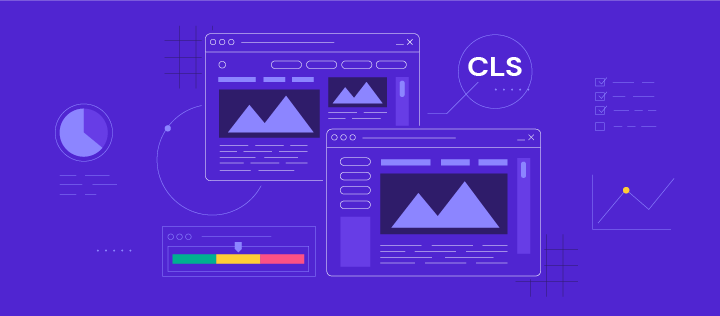How to Create an SEO-Friendly Website: 14 Tips for Long-Term Organic Growth
Adjusting your website for search engine optimization (SEO) is necessary for today’s competitive online environment. Around 68% of online...
What Is Website Performance and Why It’s Important
Website performance refers to how quickly a website loads on a web browser. It also defines the quality of the website’s usability, interactivity,...
A Complete Guide to Website Localization
Nowadays, learning how to create a website is a relatively simple process. However, if you want to grow your business and tap into new markets,...
HTTPS Port: Understanding What It Is and How to Use It
A port number is a communication endpoint from which data transmissions are sent or received. Many different ports are available for various usages,...
Largest Contentful Paint (LCP): What It Is and 11 Ways to Improve It
Understanding Core Web Vitals helps ensure your website can offer the best user experience. They consist of multiple metrics representing how users...
What Is First Input Delay and How to Improve It
The First Input Delay (FID), also known as input latency, calculates a website’s response time from the first user interaction to the browser’s...
Cache Miss – What It Is and How to Reduce It
While caching is one of the most vital mechanisms for improving site performance, frequent cache misses will increase data access time, resulting in a...
What are Core Web Vitals and how to measure them
Google uses Core Web Vitals to measure web page loading speed, interactivity, and visual stability. Among other factors like mobile friendliness and...
Cumulative Layout Shift (CLS): What It Is and How to Improve It
Cumulative Layout Shift (CLS) is a metric that evaluates site experience by measuring how much your site’s pages shift unexpectedly. Even though...





